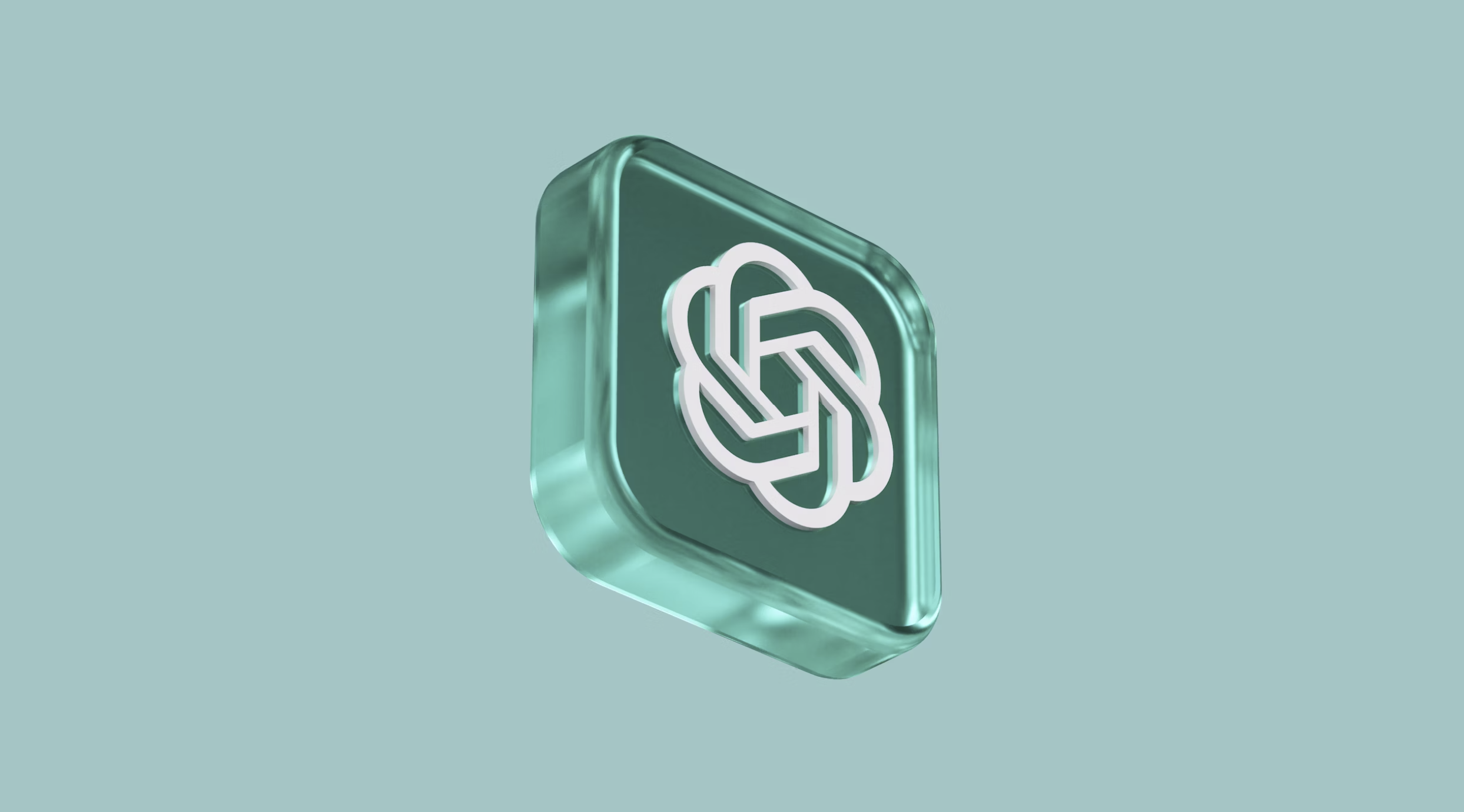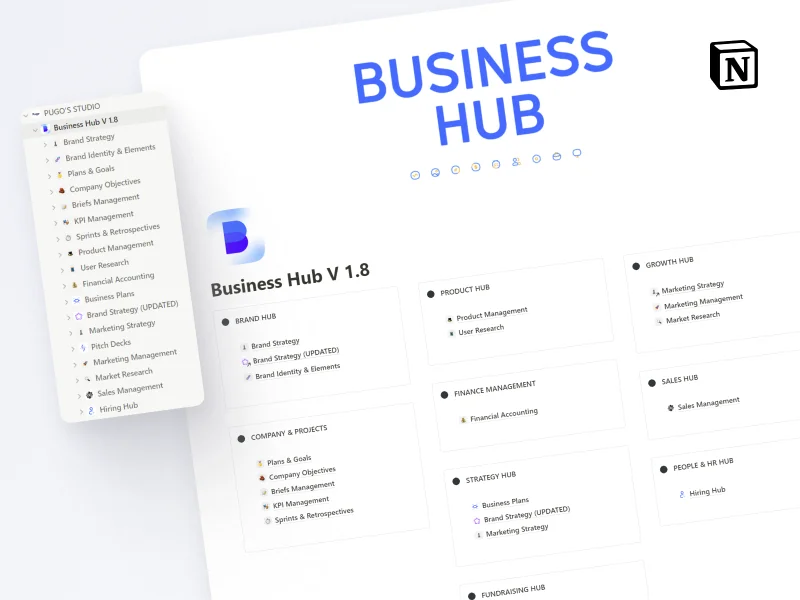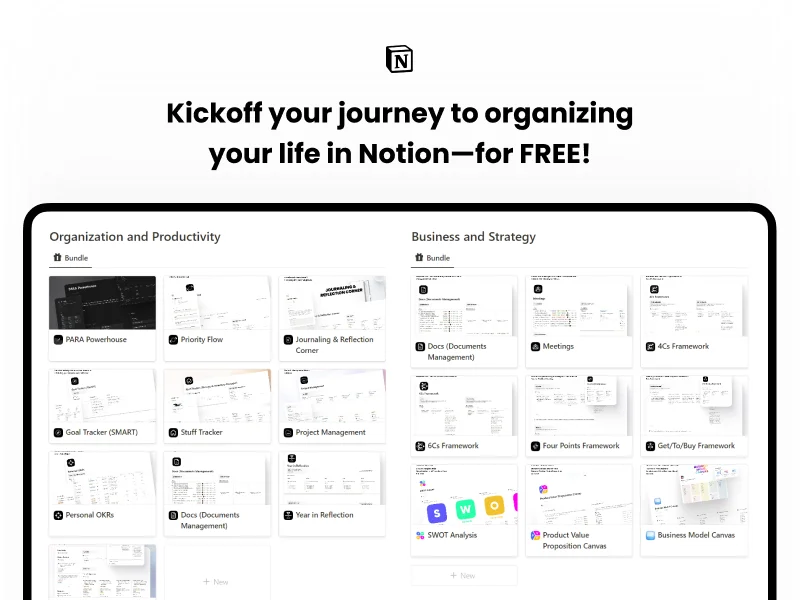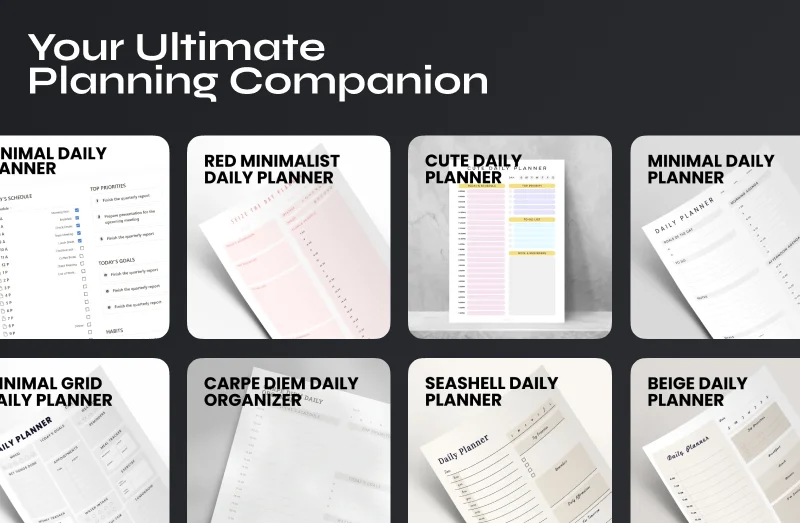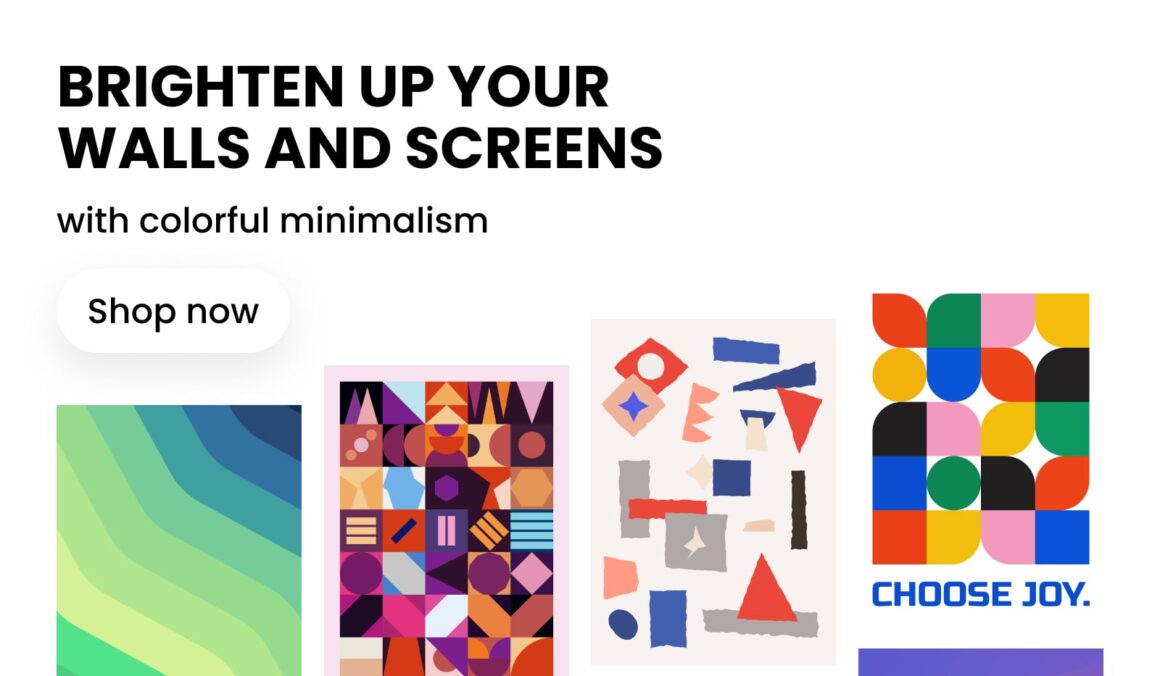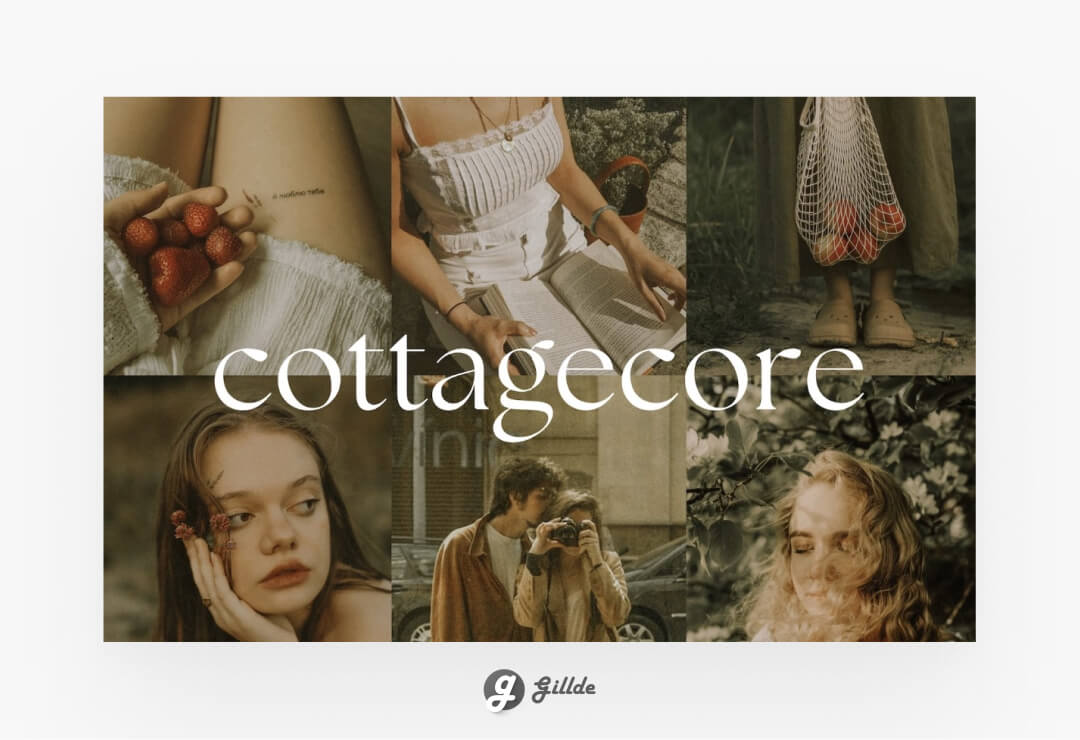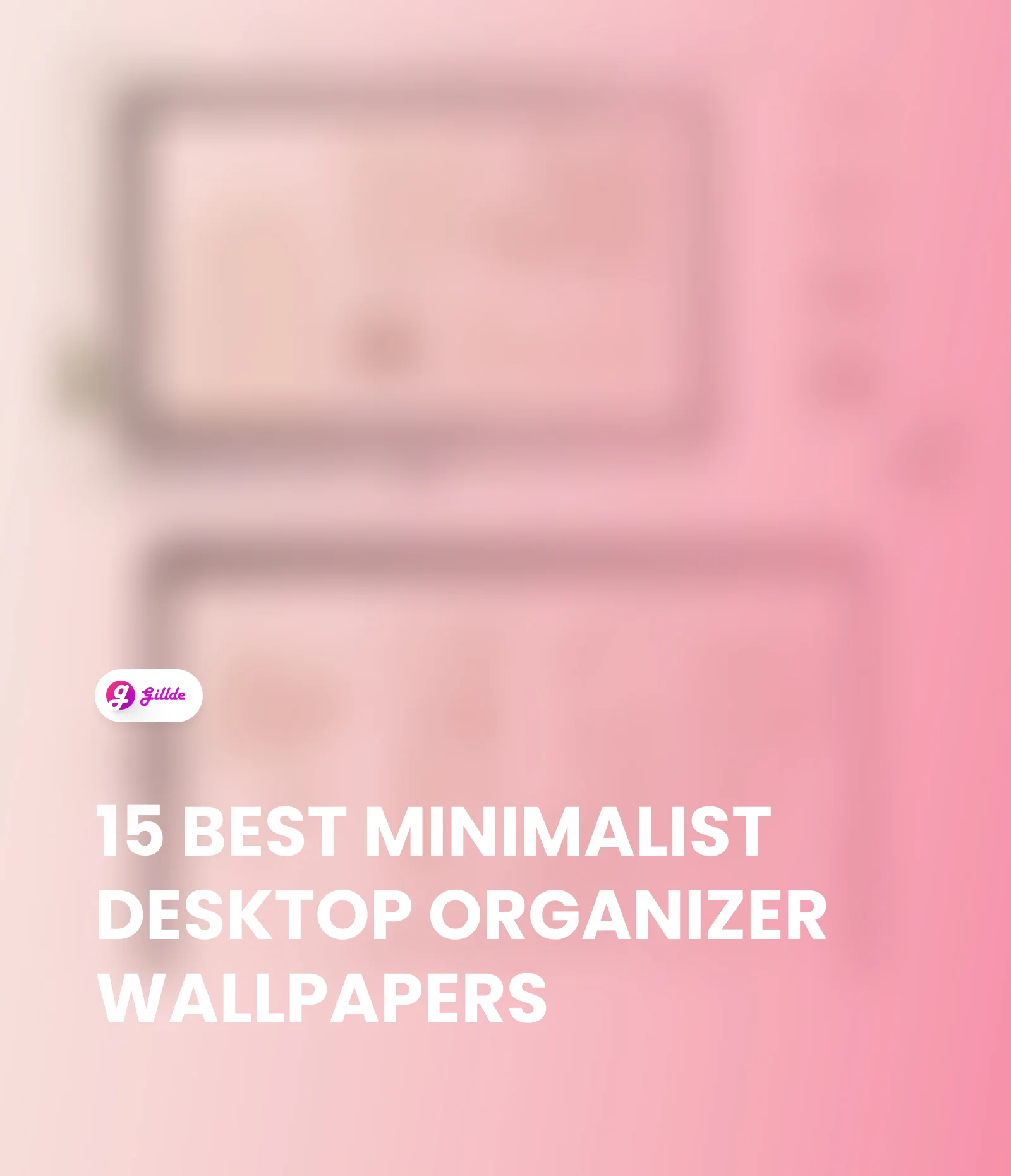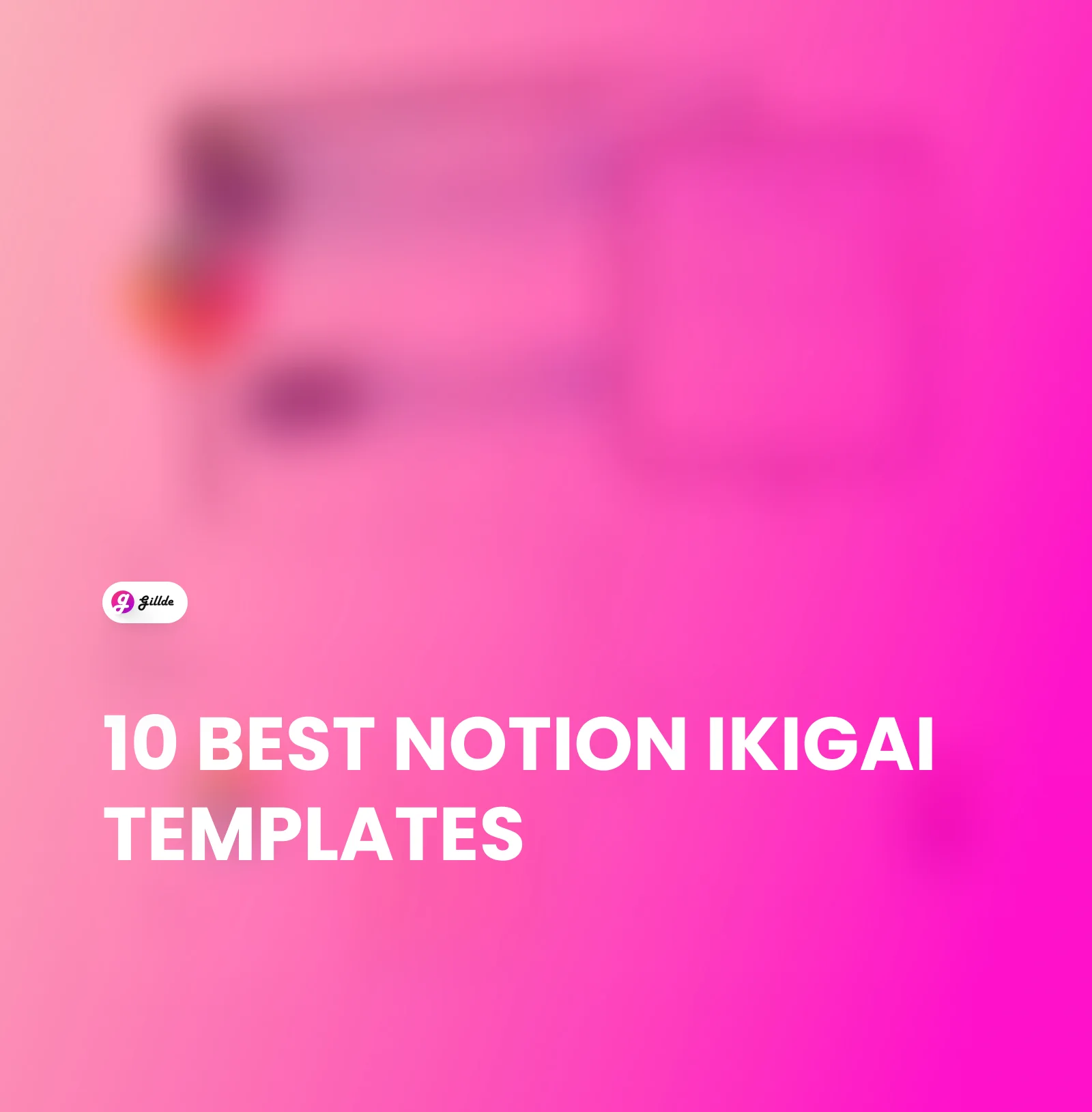Artificial intelligence (AI) has been transforming the design industry for several years, and chatbots are no exception. With chatGPT, designers can create personalized experiences for users through automated conversations, which can lead to a better user experience (UX). In this blog post, we will explore 40 innovative ways in which designers can use chatGPT for UI/UX design.
How to Use chatGPT for UI/UX Design
chatGPT is a powerful tool for UI/UX designers looking to create personalized experiences for users. With natural language processing, personalized recommendations, and automated customer support, chatGPT can help designers create an intuitive UI, gather user feedback, and improve the user experience. Additionally, chatGPT can generate copy, optimize existing copy, and provide ideas for page layout or wireframes. By using chatGPT, designers can revolutionize the design industry and provide a better user experience for everyone.
Natural Language Processing
One way designers can use chatGPT is through natural language processing (NLP). With chatGPT, designers can create a more natural conversational flow between the user and the chatbot. This can help in creating an intuitive UI that can understand the user’s preferences and provide personalized recommendations. For example, a travel agency can use chatGPT to assist users in booking their vacations by asking them questions about their preferred destinations, dates, and budget.
User Feedback
Another way designers can use chatGPT is by gathering user feedback. Chatbots can be programmed to ask users for their opinions on the UI and UX of a website or application. This feedback can be used to improve the design and provide a better user experience. For example, a clothing store can use chatGPT to ask users about their shopping experience and their thoughts on the layout of the website.
Personalized Recommendations
ChatGPT can also be used to provide personalized recommendations to users. By analyzing the user’s previous interactions with the chatbot, designers can provide tailored recommendations that are more likely to match the user’s preferences. For example, a music streaming service can use chatGPT to recommend songs and playlists based on the user’s listening history.
Automated Customer Support
ChatGPT can also be used to provide automated customer support. By programming a chatbot to answer frequently asked questions (FAQs), designers can reduce the workload of customer support teams and provide faster responses to users. For example, a bank can use chatGPT to assist users with their account balances, transfer funds, and answer questions about their credit cards.
Customizable Avatars
Another way designers can use chatGPT is by creating customizable avatars. By allowing users to personalize the chatbot’s appearance, designers can create a more engaging experience that users are more likely to interact with. For example, a fitness app can use chatGPT to create an avatar that resembles the user and provides personalized workout recommendations.
Gamification
ChatGPT can also be used to gamify the user experience. By creating games that users can play with the chatbot, designers can increase engagement and provide a more entertaining experience. For example, a language learning app can use chatGPT to create a game that helps users practice their vocabulary and grammar.
Dynamic Content
ChatGPT can also be used to provide dynamic content to users. By analyzing the user’s preferences and behavior, designers can provide content that is more likely to be of interest to the user. For example, a news website can use chatGPT to provide personalized news articles based on the user’s interests.
Improved Onboarding
ChatGPT can also be used to improve the onboarding process for new users. By providing a guided tour of the website or application, designers can help users understand how to use the product and provide a better user experience. For example, a software company can use chatGPT to guide users through the setup process of their software.
Personalized Ads
ChatGPT can also be used to provide personalized ads to users. By analyzing the user’s behavior and preferences, designers can provide ads that are more relevant to the user and increase the chances of conversion. For example, an e-commerce website can use chatGPT to provide personalized product recommendations and discounts.
Social Media Integration
ChatGPT can also be integrated with social media platforms to provide a more engaging experience. By allowing users to interact with the chatbot through social media, designers can increase engagement and provide a more personalized experience. For example, a restaurant can use chatGPT to allow users to order food through Facebook Messenger.
Virtual Assistants
ChatGPT can also be used to create virtual assistants that can assist users with various tasks. By programming the chatbot to understand natural language, designers can create a more intuitive user experience. For example, a personal finance app can use chatGPT to help users manage their finances and provide personalized investment recommendations.
Dynamic Pricing
ChatGPT can also be used to provide dynamic pricing to users. By analyzing the user’s behavior and preferences, designers can provide personalized pricing that is more likely to convert. For example, a travel website can use chatGPT to provide personalized pricing for flights and hotels based on the user’s preferences.
Improved Search
ChatGPT can also be used to improve the search experience for users. By allowing users to search for products or services through the chatbot, designers can create a more intuitive search experience. For example, an e-commerce website can use chatGPT to allow users to search for products by asking natural language questions.
Personalized Newsletters
ChatGPT can also be used to provide personalized newsletters to users. By analyzing the user’s behavior and preferences, designers can provide content that is more likely to be of interest to the user. For example, a news website can use chatGPT to create a personalized newsletter that provides news based on the user’s interests.
Interactive Tutorials
ChatGPT can also be used to create interactive tutorials that can help users understand how to use a product. By creating a conversational flow between the user and the chatbot, designers can create a more engaging and intuitive tutorial experience. For example, a software company can use chatGPT to create a tutorial that helps users understand how to use their software.
Personalized Surveys
ChatGPT can also be used to provide personalized surveys to users. By analyzing the user’s behavior and preferences, designers can create surveys that are more likely to be completed and provide valuable insights. For example, a healthcare app can use chatGPT to create a survey that helps users understand their mental health and provides personalized recommendations.
Intelligent Search
ChatGPT can also be used to create an intelligent search experience for users. By allowing users to search for products or services through natural language, designers can create a more intuitive search experience. For example, a travel website can use chatGPT to allow users to search for flights by asking natural language questions.
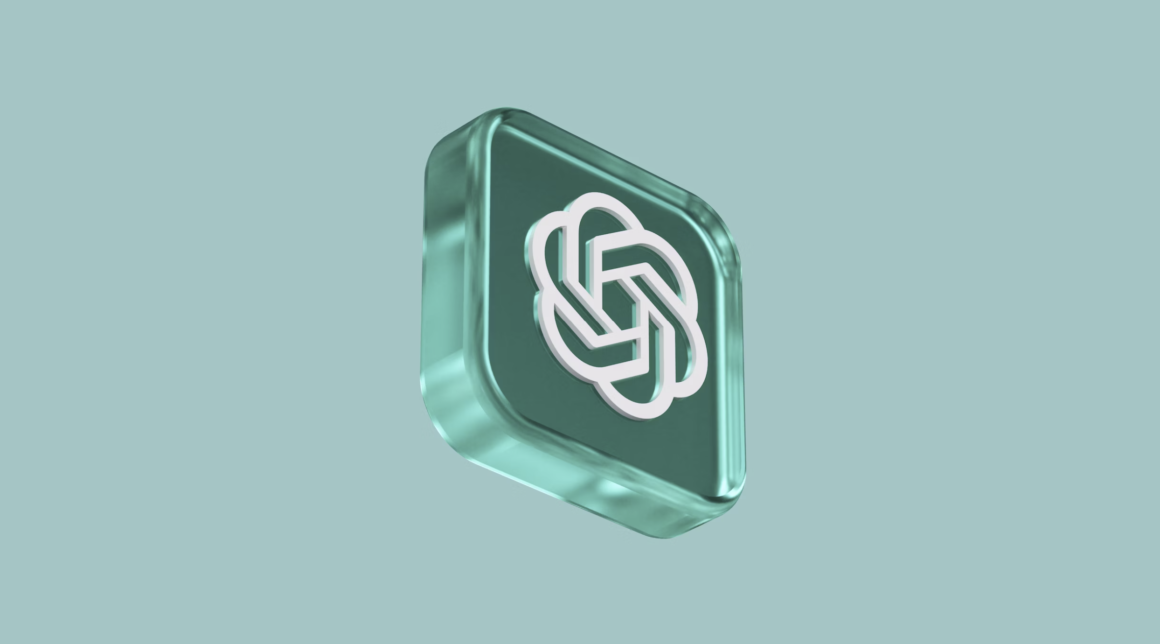
Personalized Product Recommendations
ChatGPT can also be used to provide personalized product recommendations to users. By analyzing the user’s behavior and preferences, designers can provide recommendations that are more likely to convert. For example, an e-commerce website can use chatGPT to provide personalized product recommendations and discounts based on the user’s purchase history.
Automated Ordering
ChatGPT can also be used to provide automated ordering for users. By allowing users to order products or services through the chatbot, designers can create a more intuitive ordering experience. For example, a food delivery app can use chatGPT to allow users to order food through the chatbot.
Personalized Notifications
ChatGPT can also be used to send personalized notifications to users. By analyzing the user’s behavior and preferences, designers can send notifications that are more likely to be of interest to the user. For example, a fitness app can use chatGPT to send personalized workout reminders and tips.
Automated Booking
ChatGPT can also be used to provide automated booking for users. By allowing users to book appointments or reservations through the chatbot, designers can create a more intuitive booking experience. For example, a salon can use chatGPT to allow users to book appointments through the chatbot.
Personalized Recommendations for Events
ChatGPT can also be used to provide personalized recommendations for events to users. By analyzing the user’s behavior and preferences, designers can provide recommendations that are more likely to be of interest to the user. For example, a music festival website can use chatGPT to provide personalized recommendations for concerts and events based on the user’s music preferences.
Personalized Training
ChatGPT can also be used to provide personalized training to users. By analyzing the user’s behavior and preferences, designers can provide training that is tailored to the user’s needs. For example, a language learning app can use chatGPT to provide personalized language training based on the user’s level and learning style.
Generate Copy for a Website or Section
Using “lorem ipsum” is simple, but the design still feels dummy. The better way to visualize design and present even initial iterations to the client is to include a sample copy. AI tools may generate quite good examples of text content.
Optimize Already Created Copy
If you feel that the text content feels a bit off, you may ask chatGPT to optimize it. Be aware that there are limits for optimizations, and the text content may start to look very generic.
Get Ideas for Page Layout or Wireframe
Tight deadline? Feeling stuck? To unleash creativity and generate new ideas, use AI to get a description of a wireframe for a specific layout. Some results seem to work surprisingly well.
Find Proper Usability Testing Methods for Specific Apps or Website
The right choice of usability testing method can optimize the product dramatically. Feel free to ask chatGPT to recommend some of the methods.
Ideas to Optimize Your Design Workflow
If you like to learn new things and improve your skills, AI tools may suggest you explore new ways of workflow elements like a handoff.
Find the Best Tools to Learn
The design industry is changing rapidly. New tech possibilities are opportunities for a wide variety of tools to have their time. Ask which tools are used for specific design purposes (like AR or VR), and chat will suggest a couple of solutions.
Find the Best Design Resources to Use
Finding high-quality resources like design system kits or UI kits is easy for chatGPT.
Find Places to Master Design
Learning design is almost a routine for product designers. AI is helpful in finding new sources of platforms to master specific areas.
Figure Out a Way to Explain Complex Design Terms to Team Members
Empathy map, user journey, SUS, CTA, and a lot more are terms that might be easily explained by AI. Thanks to this, your teammates will be aligned with the specific design jargon.
Explain Design Terms to Non-Tech People
Sometimes you have to explain the above terms to a client. While team members are usually technical people knowing some similar jargon, there is the case when you have to make it even simpler.
Search for Design Trends
Some designers spend time analyzing design trends for the upcoming year. However, only a few seconds of typing and you will get an alternative version of what may be hot in the upcoming months. A nice source of inspiration.
Get Ideas for Design Presentation
Feeling stuck with preparing your presentation to a client or team? chatGPT will recommend you a few points and help you optimize the content.
Find Tips to Lead Workshops
Suppose you feel that leading workshops or design crits could have been prepared better. AI will have a few suggestions for you. The more specific issues you will list, the more precise optimization tips you will get.
Generate Sample User Flow
If you need some inspiration or just need to verify if you predicted all steps in the user journey or the flow. Ask AI to prepare the list of steps. The results are very good.
Get Ideas to Optimize the Experience
Once you get your user flow, there is always an area for optimization. chatGPT may provide you not only areas to enhance the specific journey but also smart suggestions that may blow your mind.
Get a Copy for Error Messages
Let AI write error messages for you.
Optimize Copy for the Specific Tone of Voice
If you feel that generated message is very generic or does not fit the copy guidelines of your solution, suggest chatGPT to change the tone of voice.
Write a Product Brief
Writing a product description may get much easier with powerful AI suggestions.
Get Ideas for Dribbble Shots
If you need a source of inspiration for your Dribbble shots, chatGPT may provide you some ideas.
In conclusion, chatGPT is a powerful tool for designers to create personalized experiences for users. By using chatGPT, designers can create a more intuitive UI, gather user feedback, provide personalized recommendations, and much more. With these 30 innovative ways to use chatGPT for UI/UX design, designers can revolutionize the design industry and provide a better user experience for everyone.
Conclusion
ChatGPT is a powerful tool for designers to create personalized experiences for users. By using chatGPT, designers can create a more intuitive UI, gather user feedback, provide personalized recommendations, and much more. With these 25 innovative ways to use chatGPT for UI/UX design, designers can revolutionize the design industry and provide a better user experience for everyone.
Related post:

